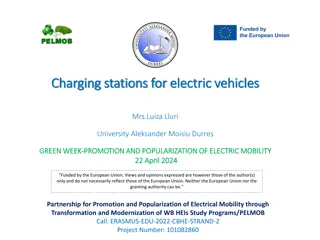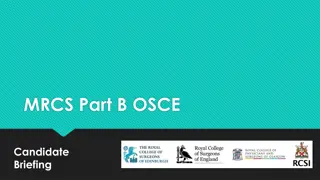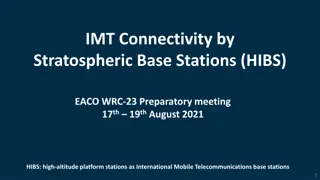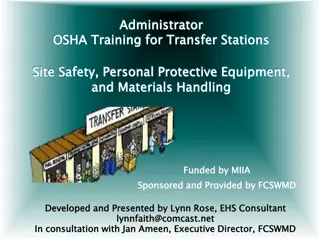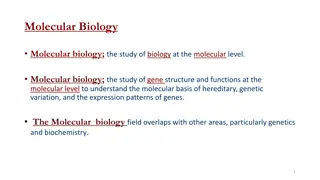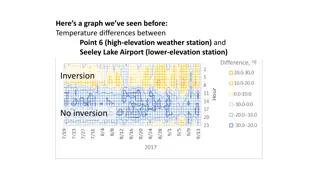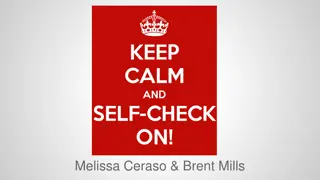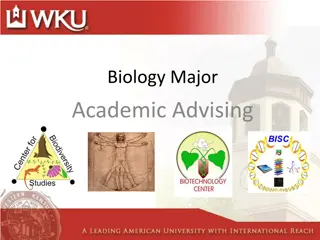Interactive Review Stations for Biology Class
Engage in interactive review stations in biology class by walking around with a partner and answering questions related to biomolecules, enzymes, and DNA replication. Utilize images and prompts at each station to enhance learning and test comprehension. Ensure to complete each station to earn credit for the day's grade.
Download Presentation

Please find below an Image/Link to download the presentation.
The content on the website is provided AS IS for your information and personal use only. It may not be sold, licensed, or shared on other websites without obtaining consent from the author.If you encounter any issues during the download, it is possible that the publisher has removed the file from their server.
You are allowed to download the files provided on this website for personal or commercial use, subject to the condition that they are used lawfully. All files are the property of their respective owners.
The content on the website is provided AS IS for your information and personal use only. It may not be sold, licensed, or shared on other websites without obtaining consent from the author.
E N D
Presentation Transcript
Name: Station 1: 1. 2. Station 8: 1. 2. Station 9: 1. 2. Station 10: 1. 2. 3. 4. Station 11: 1. Station 12: 1. Station 13: 1. Station 14: 1. 2. 3. Station 15: 1. 2. 3. Station 2: 1. 2. 3. 4. Station 3: 1. 2. 3. 4. 5. Station 4: 1. 2. Station 5: 1. Station 6: 1. Station 7: 1. Bellwork for this beautiful Monday Morning Get out a sheet of paper and copy down EXACTLY what you see on the board. Make two columns. You do NOT need to skip lines.
Todays Activity: Review Stations You will walk around with a partner and answer the questions at each review station. You will have 1-2 minutes at each station. You MAY use your notes. Be sure to fill out the correct answers on the correct stations. You must complete each station right or wrong to receive ANYcredit for today s grade.
Station 1: Copy the standards and the Essential Question from the front board. 1. Standards: _________________ 2. Essential Question: _____________
Station 2: Label each biomolecule correctly. Use the following words: Lipid, Protein, Carbohydrate, DNA 2 1 4 3
Station 2: Label each biomolecule correctly. Use the following words: Lipid, Protein, Carbohydrate, DNA 2 1 4 3
Station 3: Answer the following questions. 1 23 A enzyme is a biological _________ (catalyst/carbohydrate) because it __________ (increases/decreases) the speed of a reaction by __________ (increasing/decreasing) the energy needed. 4 ____________ (DNA Polymerase/Helicase) unzips the DNA molecule before replication begins. 5 ____________ (DNA Polymerase/Helicase) brings new nucleotides to the original DNA strands during replication.
Station 3: Answer the following questions. 1 23 A enzyme is a biological _________ (catalyst/carbohydrate) because it __________ (increases/decreases) the speed of a reaction by __________ (increasing/decreasing) the energy needed. 4 ____________ (DNA Polymerase/Helicase) unzips the DNA molecule before replication begins. 5 ____________ (DNA Polymerase/Helicase) brings new nucleotides to the original DNA strands during replication.
Station 4: Complete the complementary strand for the DNA sequence below. A-T-A-A-T-C-G-A-G-A-G-A-T-T-C-A-A-T-C-G ______________________________ If there are 20% of a random strand of DNA is composed of adenine bases, what percent of the DNA is guanine? ______
Station 4: Complete the complementary strand for the DNA sequence below. A-T-A-A-T-C-G-A-G-A-G-A-T-T-C-A-A-T-C-G T-A-T-T-A-G-C-T-C-T-C-T-A-A-G-T-T-A-G-C ______________________________ If there are 20% of a random strand of DNA is composed of adenine bases, what percent of the DNA is guanine? __30%____
Station 5: In one sentence, answer the question below. Why does the DNA of a cell replicate before the cell divides to make a two new cells? ____________________ 1
Station 5: In one sentence, answer the question below. Why does the DNA of a cell replicate before the cell divides to make a two new cells? A cell replicates its DNA before it divides so that the two new cells EACH get a full set of DNA.
Station 6: Answer the question below in 1 sentence. All living things have DNA, but not all living things have the same DNA. Knowing this, what does the DNA of all living things have in common? ______________________ 1
Station 6: Answer the question below in 1 sentence. All living things have DNA, but not all living things have the same DNA. Knowing this, what does the DNA of all living things have in common? All living things have the A, T, C, G bases
Station 7: Answer the question below in 2 sentences. Why is the shape of DNA described as a double helix? (There are two reasons you should describe. Think about the two words!) ______________________ 1
Station 7: Answer the question below in 2 sentences. Why is the shape of DNA described as a double helix? (There are two reasons you should describe. Think about the two words!) It is double because there are two sides to the DNA. It is a helix because of its spiral shape.
Station 8: Fill in the blanks below. The two strands of DNA are said to be ________________ (opposites/complementary). 1 2 (two words) This is true because of the ____ _______ rule.
Station 8: Fill in the blanks below. The two strands of DNA are said to be ________________ (opposites/complementary). 1 Base pairing This is true because of the ____ _______ rule.
Station 9: Which of the following make up the backbone of DNA? Deoxyribose sugar Nitrogen base Phosphate group 1 2 ______________ & _____________
Station 9: Which of the following make up the backbone of DNA? Deoxyribose sugar Nitrogen base Phosphate group 1 2 ______________ & _____________
Station 10: Correctly match the monomers to the polymers. Use the following words: nucleotide, monosaccaride, amino acid, fatty acid 1 Protein _______________ Carbohydrate _____________ Lipid: _______________ DNA: ______________ 4 2 3
Station 10: Correctly match the monomers to the polymers. Use the following words: nucleotide, monosaccaride, amino acid, fatty acid Amino acid monosaccharide Fatty acid Protein _______________ Carbohydrate _____________ Lipid: _______________ DNA: ______________ nucleotide
Station 11: Look at the diagram below and focus on the last picture on the right. In one sentence, what does it mean that DNA replication is semi- conservative? 1 ______________________________
Station 11: Look at the diagram below and focus on the last picture on the right. In one sentence, what does it mean that DNA replication is semi- conservative? OLD NEW OLD NEW DNA replication is semi-conservative because at the end of replication, one ______________________________ of the strands is from the original DNA and one is the newly made strand.
Station 12: Read the information and answer the question. When you mix oil and water in a cup, they do not mix. When you mix food coloring and water in a cup, they do mix. This means that oil does not dissolve in water. What type of biomolecule is oil? __________________ 1
Station 12: Read the information and answer the question. When you mix oil and water in a cup, they do not mix. When you mix food coloring and water in a cup, they do mix. This means that oil does not dissolve in water. What type of biomolecule is oil? __________________ Lipid (oil is a fat)
Station 13: Which of the following did Miss Rosalind Franklin help to discover? - The function of DNA - How DNA was created - The structure of DNA ___________________ 1
Station 13: Which of the following did Miss Rosalind Franklin help to discover? - The function of DNA - How DNA was created - The structure of DNA ___________________ 1
Station 14: Fill in the blanks in the paragraph. Use the following words: antiparallel, double helix, complementary DNA is in the shape of a ______ ______. The two sides, or strands, of DNA are ___________ to one another. The direction of the DNA strands are said to be ________________ because they run in opposite directions, allowing the bases to bond in the middle with the backbone on the outside.
Station 14: Fill in the blanks in the paragraph. Use the following words: antiparallel, double helix, complementary DNA is in the shape of a ______ ______. The two sides, or strands, of DNA are ___________ to one another. The direction of the DNA strands are said to be ________________ because they run in opposite directions, allowing the bases to bond in the middle with the backbone on the outside. double helix complementary antiparallel
Station 15: Draw the nucleotide below and then label the three parts. 1 2 3
Station 15: Draw the nucleotide below and then label the three parts. 1 group Nitrogen base Phosphate 2 Deoxyribose sugar 3
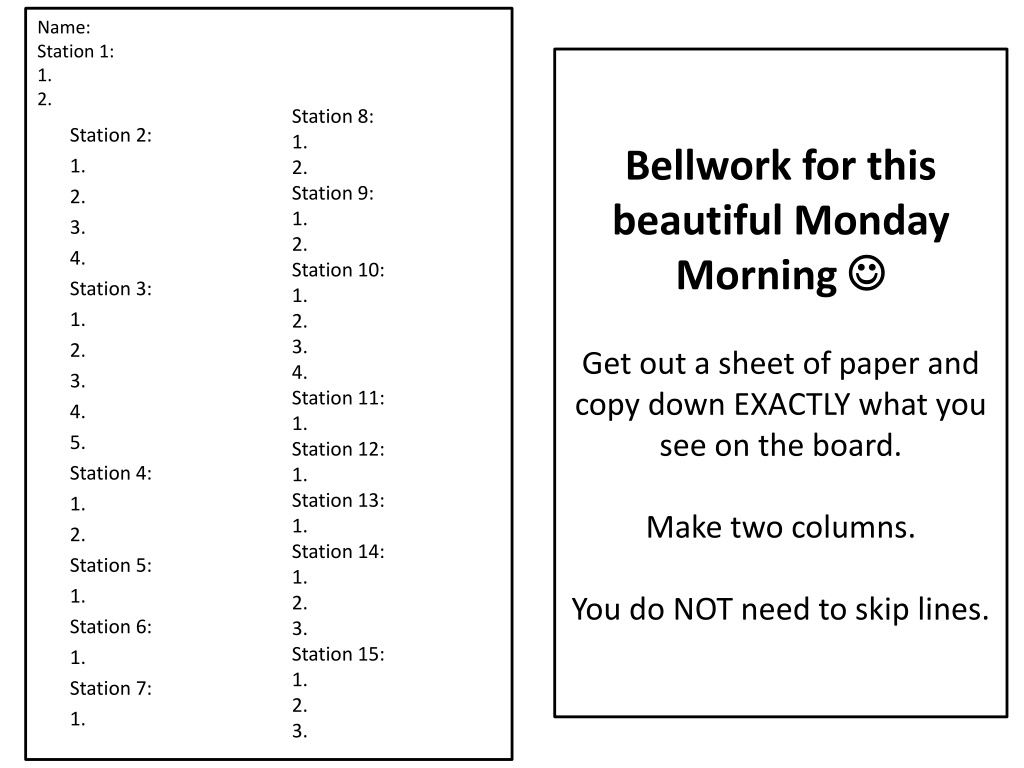


![Read⚡ebook✔[PDF] Linking the Space Shuttle and Space Stations: Early Docking Te](/thumb/21519/read-ebook-pdf-linking-the-space-shuttle-and-space-stations-early-docking-te.jpg)



